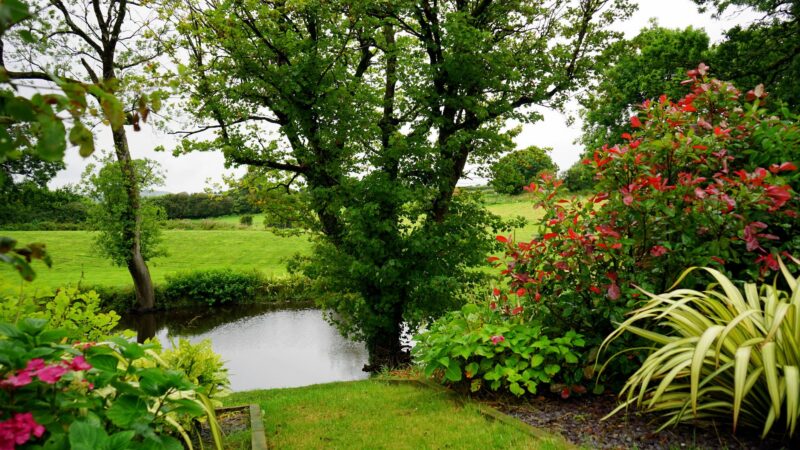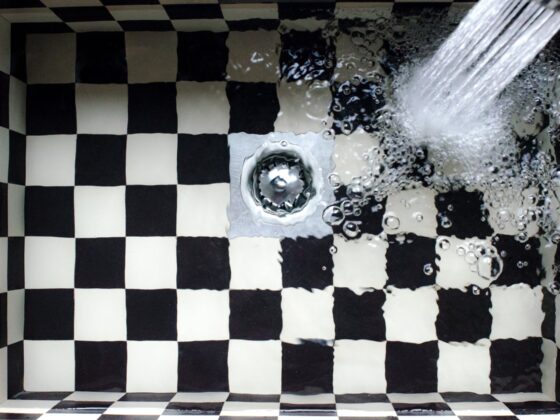Landscaping is a very beautiful profession. It is calming and fulfilling and everyone should try this at one point both professionally and as a hobby.
Being constantly revolved by colors like green, yellow, red, smells and wildlife attached to this is something everyone should experience. Now landscaping, as a profession, is considered to be fairly easy but the reality is that you have to learn and work a lot before you can call yourself a professional landscaper.
Besides the learning process, there is that artistic line you have to have in your body that will help you utilize everything you know in the best and most beautiful way possible. Taking care of plants, grass, trees is not enough to be a pro landscaper, you have to incorporate all of those neatly so they fit into a harmony that can be called a garden of Eden.
Just like in any business or practice there are mistakes most of us make especially in the beginning while we learn. It is nothing to be ashamed of because we all make those mistakes and they are an integral part of the learning process. If you don’t make mistakes it means you haven’t learned anything. Now when we are on a topic of mistakes, we will list all the mistakes beginner landscapers make, especially when planting, and we will point you to ways you can avoid that. If you can’t bother with learning and if you don’t have the time to landscape by yourself then you should go with professionals like Green Line landscaping Columbus.
1. Planting in wrong places
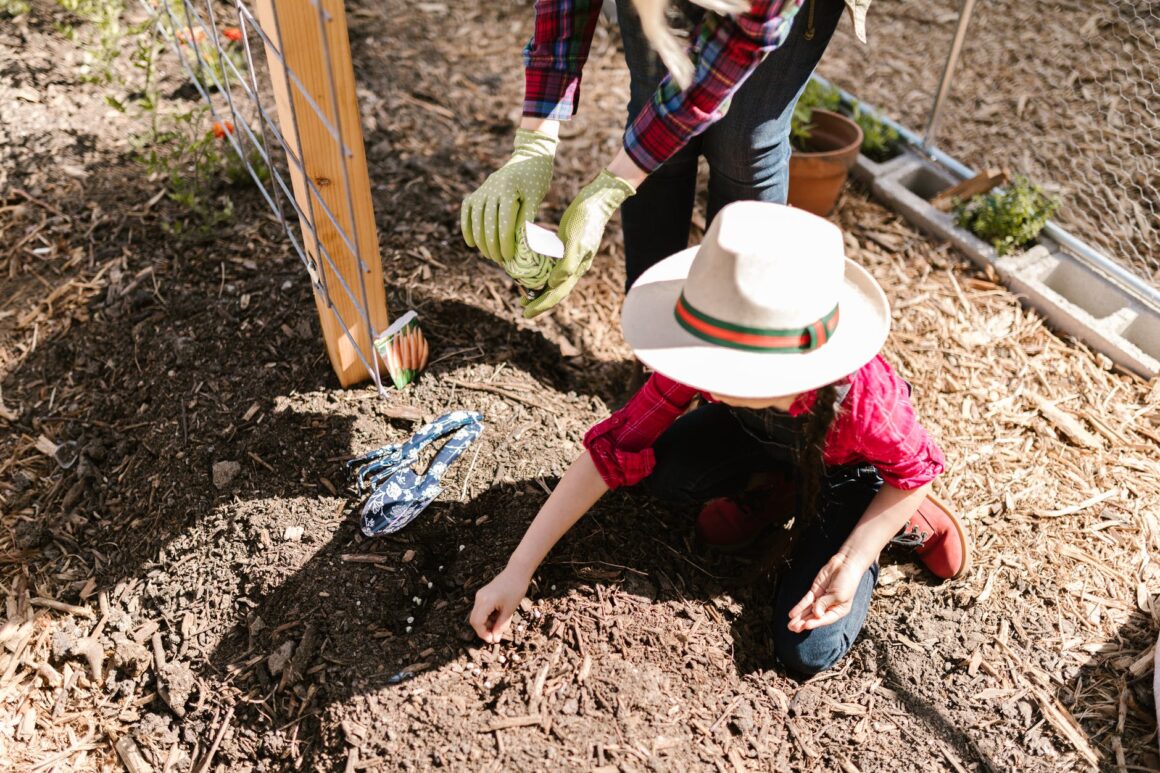
When we say planting in the wrong places we don’t mean when it comes to the orientation of the house, patio or whatever you are planting next to, but in the wrong orientation when it comes to the sun. We all know that sunlight is crucial for plants and pretty much all life on earth. Beginner landscapers tend to forget that fact and at the beginning, they are more considered on how everything will look aesthetically instead of will it survive in the long run. We know that not every backyard or garden is the same, at least when it comes to space you can utilize, but we also have to tell you that you need to consider everything and still allow for your new planters to get enough sunlight throughout the day. You also have to consider the height of certain plants like trees and plan them accordingly. Sometimes you will unintentionally block lower plants with trees that get bigger over time because of poor planning.
2. Planting too deep
Another common mistake for 90% of beginner landscapers is planting too deeply. Some plants do require to be buried deeper but most of them do not. We go on a very bad logic that is hard to root out and it is if we bury the plant deeper and have more soil on top and around it that we will somehow protect it better. This is so not true and you have to allow plants breathing space just like we need it to. If you choke it and bury it deep you cut off the air supply and you can potentially kill a plant or tree for instance. Another thing you have to be aware of is that planting something deeper than intended may cause rotting of the root, which we don’t have to tell you, is a very bad thing. Some plants will specify the depth they need, others will not but a rule of thumb is to dig as deep as the container in which the plant came in, and that is all you need.
3. Know your pots
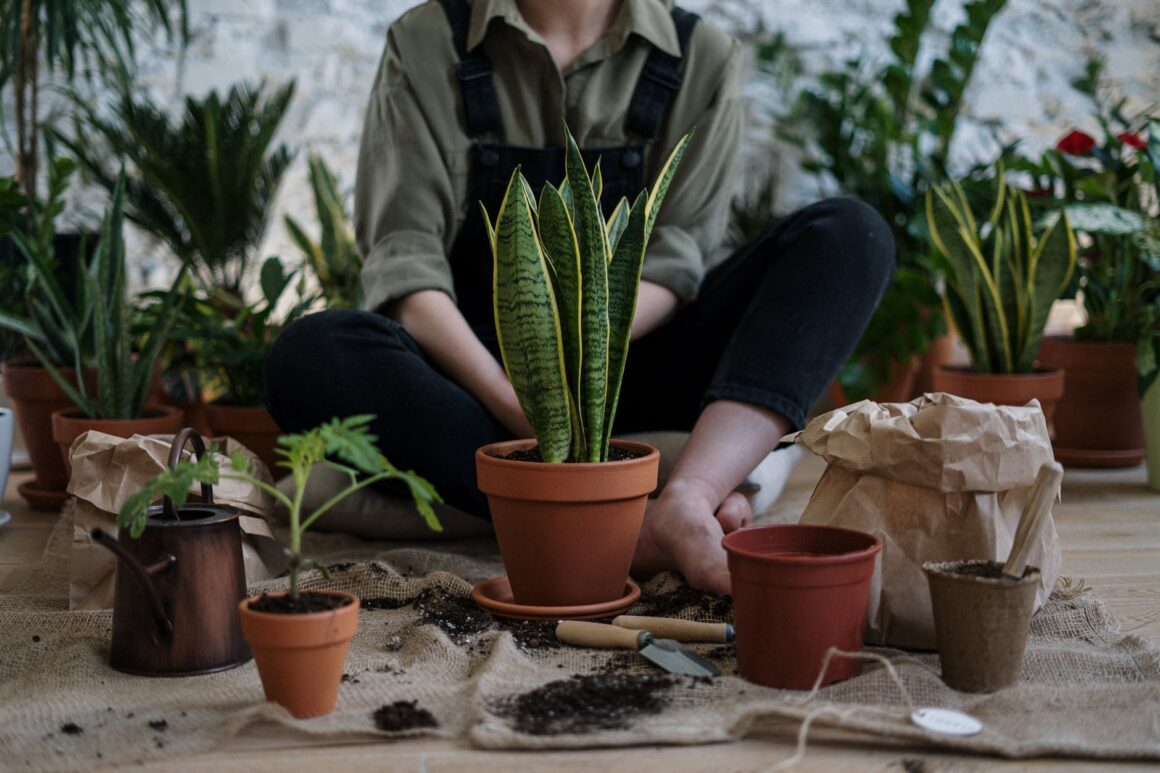
When it comes to achieving the perfect landscape design, avoiding common mistakes is crucial. That’s where Wave Outdoors Landscape + Design comes in. With their expertise in creating stunning outdoor spaces, they can help you avoid the pitfalls that many landscapers face when planting. From selecting the right plants to ensuring proper placement, the team at Wave Outdoors Landscape + Design is dedicated to delivering exceptional results. Visit their website to explore their portfolio and see how they can transform your outdoor living area.
Some of the plants you are going to plant in your career as a landscaper will go inside the pot instead of the ground. It all depends on what you want to achieve or what the wishes of those who hired you are but be sure that you will do a lot of planting into the pots. Now, this ties neatly with the previous plant because the same effect of planting too deeply can be achieved with an inappropriate size pot. If you have a plant that will root out more and that will grow you have to plan a pot that will support all that. You also can’t always use the biggest pots because most of the plants will sink into the soil or shift and get crooked. This is a fine balance thing and you have to do a lot of compromises when it comes to pot sizes.
4. Proper fertilization
No matter what you are planting you always have to fertilize it. Now fertilization comes in a variety of forms and types and you have to know every plant you use and know its needs when it comes to this. The biggest mistake you can make here is to not fertilize at all. After that, there are issues with different types and sorts of fertilizers for your yard or plants, and the best thing to do is to inform yourself on soil composition and plant needs before you fertilize. Fertilization should be done at least two times a year if possible and you should know that watering is a must right after you do that. One more piece of advice is to never fertilize when it is very hot and in direct sunlight because the fertilizer will not dissolve and you will not achieve anything. When it comes to fertilizing plants in pots, you need to mix in fertilizer with the soil, especially if you are using more than one and then set the plant in that mixed composition. If you’re using patches of artificial grass in conjunction with plants in pots or allotments, you won’t need to use any fertilizer on your main lawn area. This is an ideal solution for those with pets that play out in the garden that might be otherwise harmed by the chemicals.
5. Irrigation
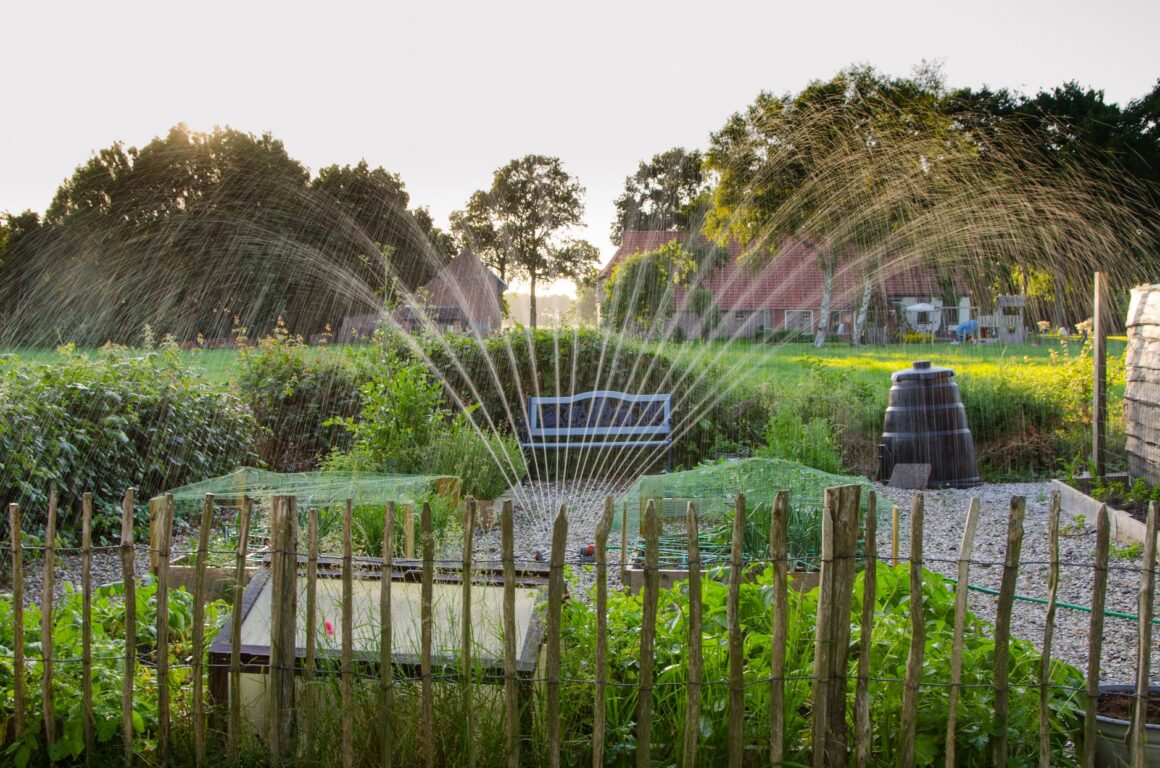
While individuals and families pay attention to every aspect of the garden like landscaping, plants, lighting, and furniture, they tend to forget one very important aspect- irrigation. How are you going to water all the plants, flowers, shrubs and bushes that are there in the garden? Additionally, have you thought of any ways that will help you drain the water from the same? Both these questions are highly important. Without addressing these questions, you will never be able to maintain a garden for the long run. Make sure that you are using techniques, strategies and installing infrastructure that can help you with both irrigation and drainage. For more information in this regard, please view website.
Besides a lot of sun, some fertilizer, your plants and your yard need water. Now places on earth that have mild climates with a lot of rainfall during the year do not need to worry about this but yards that have too much or too little rain have to consider those situations. Where there is a lot of rain you have to have a drainage system that will allow for the surplus of the water to travel below and avoid root rooting. Places where there is not too much rainfall and humidity have to have irrigation systems that will aid in water delivery when needed. Just like in everything else you need to find that fine line between too much and too little water to get the best results. The point here is that mainly all lawns and plants need about an inch of water per week, and the best time to supply that water is early in the morning so they have the rest of the day to soak and dry out.
